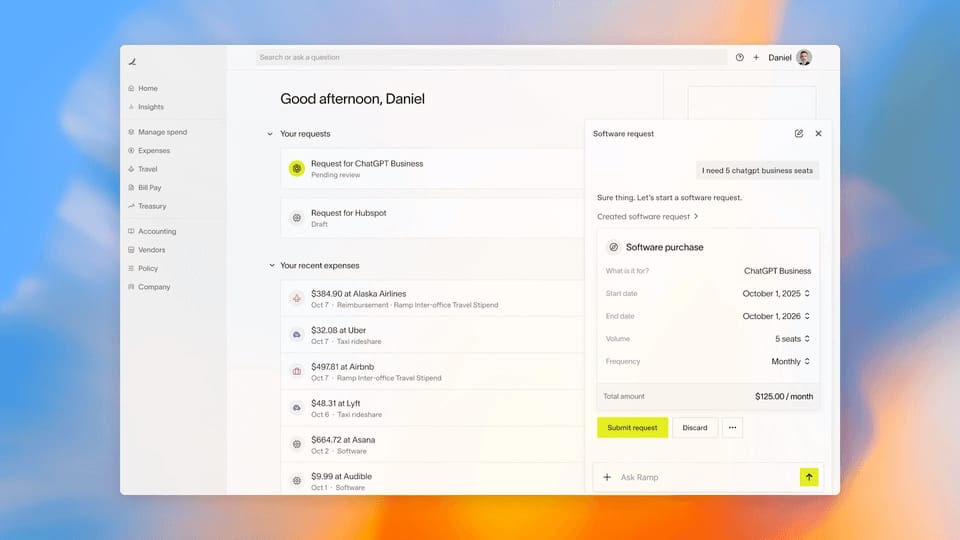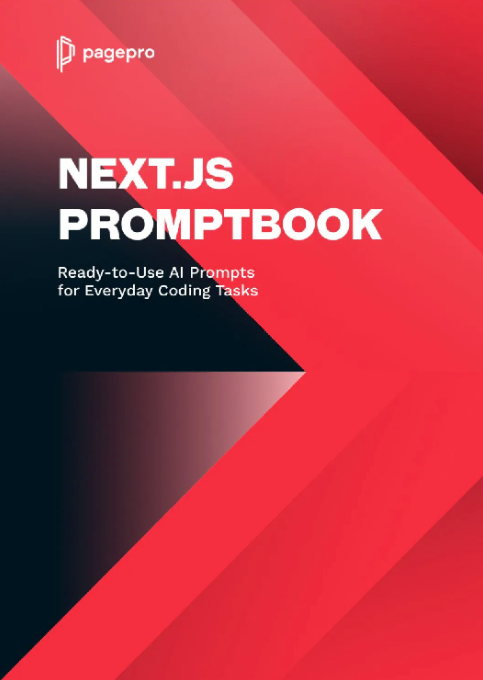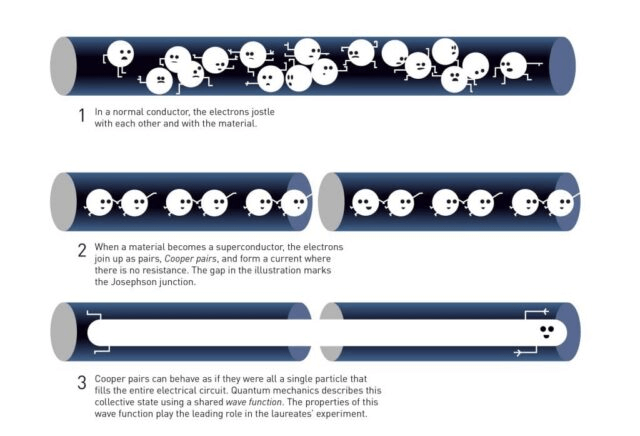- Frictionless, by Pagepro
- Posts
- React Goes Independent & OpenAI Drops AgentKit
React Goes Independent & OpenAI Drops AgentKit
Plus Zalando’s React Native shift & Google’s new AI agent for code security

Hello!
Feels like everyone’s shipping something this week.
React went independent under its own foundation, backed by Meta, Microsoft, and Vercel, officially moving beyond Meta’s umbrella. OpenAI launched AgentKit, the first real toolkit for building AI agents that can scale, and Google dropped CodeMender, an AI that fixes vulnerabilities before devs even notice them.
Zalando’s rebuilding its mobile app in React Native, and Deloitte’s $440K “AI-assisted” report turned out to be… creatively written. Let’s just say it’s now part of their refund policy, which came right as they made Claude available across their network.
Grab your coffee, relax, and enjoy this week’s Frictionless!
In the Queue
Reduce Friction
In a Sea of Tech Talent, Companies Can’t Find the Workers They Want
There’s no shortage of engineers out there, and yet many companies struggle to hire. Everybody is looking for AI prodigies, making me think we’ve forgotten that skills can be taught, but the drive to keep learning can’t. Curiosity and adaptability can beat credentials from the best AI courses.
Vibe Engineering
Simon draws a line between the blind prompting of “vibe coding” and “vibe engineering”, where seasoned devs use AI as collaborators. His take echoes my own opinion that AI should be used to help devs, not replace them with zero backup.
How to Lead in a Room Full of Experts
When you’re surrounded by people who know more than you, don’t try to outsmart them. A leader’s job isn’t to be the most knowledgeable person in the room, but to keep everyone focused on the actual problem, so focus on connecting the dots your team draws.
How to Be a Leader When the Vibes Are Off
Jason nails what it’s like to lead when optimism has left the building. The tech industry is very unstable right now, and you can’t change the macro trends. You can, however, be honest, grounded, and human with your team. A small thing that can make a huge difference for the group’s morale.
Deepen Your Expertise
Introducing the React Foundation: The New Home for React & React Native
React has its own foundation under the Linux Foundation umbrella, bringing together Meta, Microsoft, Vercel, Amazon, and others to formalize its governance. It turns React from a Meta-led project into a community-driven one, with $3M in funding to back it up.
React 19.2 Released
React 19.2 isn’t a major release, but it has a lot of features that make everyday development smoother. It includes smarter hooks like useEffectEvent, performance tweaks with partial pre-rendering, improved Suspense in SSR, and more.
Vercel VS Cloudflare: Two Philosophies of Building for Developers
The rivalry between Vercel and Cloudflare is legendary. They may ship similar features, but they couldn’t think more differently. Vercel promises velocity and confidence, while Cloudflare sells control and certainty. In the end, the winner won’t be the one who moves faster, but who earns developers’ trust.
Accelerating Mobile App development at Zalando with Rendering Engine and React Native
Zalando recently announced its decision to rebuild their popular mobile app with React Native, and this blog piece gets into the details of the transition. Pairing React Native with their internal Rendering Engine can modernize both iOS and Android in small, testable steps while sharing logic across web and mobile.
AI Corner
OpenAI: Introducing AgentKit
The AgentKit from OpenAI is the first real framework for treating agents like production software, not side projects. It’s a toolkit for building, deploying, and evaluating AI agents without the usual chaos of custom scripts and disconnected tools. It brings a visual Agent Builder, a Connector Registry for data access, and ChatKit for dropping agent chat UIs straight into your product under one roof.
Overcoming AI’s 95% Failure Rate by Knowing the Red Flags
Most AI projects fail because the organizations using it aren’t ready. Unrealistic timelines, “AI will replace humans” pitches, and poor integration with existing systems are the top red flags, so have a look at how to avoid them and succeed in the AI arms race.
Google Introduces CodeMender: An AI Agent for Code Security
DeepMind’s new agent, CodeMender, automatically finds and fixes vulnerabilities in massive codebases, sometimes before developers even know they exist! It’s already upstreamed 70+ patches to open source projects by combining LLM reasoning with automated validation and static analysis.
Deloitte Will Refund the Australian Government for AI Hallucination-Filled Report
Deloitte admitted it secretly used GPT-4o to help write a $440K government report for the Australian government, which contained fake citations and even fabricated legal quotes. After public backlash, the firm updated the document, deleted 14 nonexistent sources, and agreed to refund part of its fee.
Just Cool
2025 Nobel Prize in Physics Awarded for Macroscale Quantum Tunneling
This year’s physics Nobel went to three scientists who proved quantum weirdness doesn’t stop at the subatomic level. John Clarke, Michel Devoret, and John Martinis built a chip-sized circuit that behaves like a giant atom. Not bad for something that started as a “let’s see if this works” idea in the ’80s.
Let’s Stay in Touch! 📨
Do you have any comments about this newsletter issue or questions you want to ask? Drop me a message or book a meeting.
What do you think of today's email?Your feedback helps me improve Frictionless |






